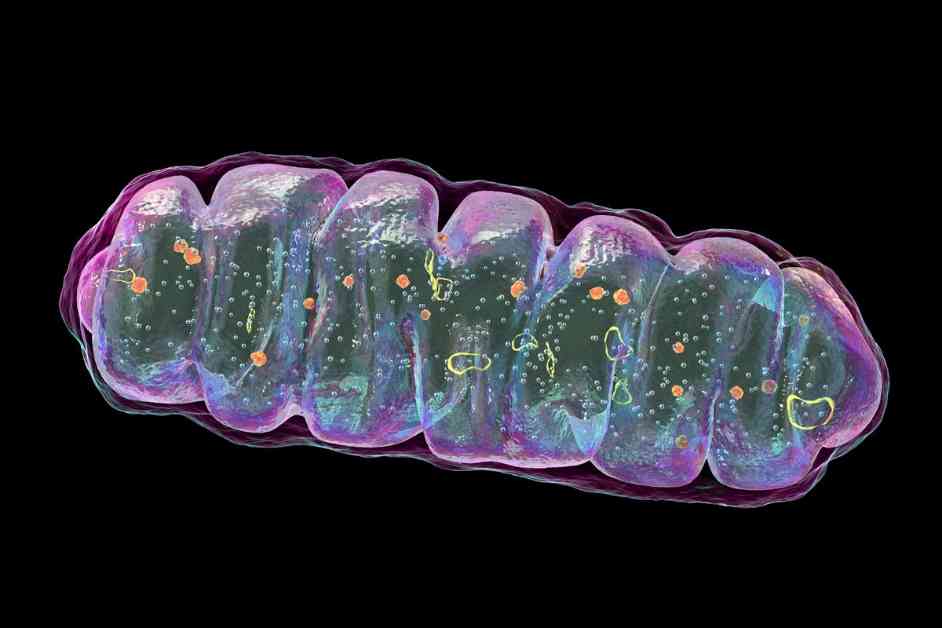Mitochondrial ‘Numts’ Jumping: Fast and Deadly Consequences
In a groundbreaking discovery by researchers Weichen (Arthur) Zhou, Ryan Mills, and Kalpita Karan from the University of Michigan and Columbia University, it has been revealed that mitochondrial DNA segments known as numts can have fast and deadly consequences on our lifespan. These numts, which are pieces of DNA from mitochondria that can jump into our chromosomes, are more prevalent than previously thought and may influence how long we live.
The Surprising Jump of Numts
Mitochondria, often referred to as the powerhouses of cells, are not only responsible for producing energy but also play a crucial role in transmitting information about the state of a cell. These organelles have their own genes, known as mitochondrial DNA (mtDNA), which can sometimes insert themselves into our chromosomes, forming numts.
In a study led by neuroscientist David Bennett at Rush University Medical Center, researchers sequenced DNA from over 1,000 brain samples and found that numts are particularly concentrated in the prefrontal cortex, the region responsible for high-level rational thinking. Intriguingly, individuals with more numts in this area had a shorter lifespan, losing as much as five years per numt.
The Impact of Numtogenesis
The formation of new numts, termed numtogenesis, was found to occur multiple times during a person’s lifespan, with a particularly high concentration in brain cells. The rapid accumulation of numts in cell cultures and the brain was linked to stress and dysfunctional mitochondria, suggesting a potential connection between numtogenesis and aging.
In a study using the Cellular Lifespan Study database, it was discovered that cells accumulate one new numt every 13 days on average, with this rate increasing in the presence of stress and mitochondrial dysfunction. This sheds light on how mitochondria, beyond their role in energy production, can directly impact the sequence of our genome and potentially contribute to the aging process.
Implications for Longevity and Evolution
The findings from these studies suggest that numts may serve as a mechanism that influences how long we live by altering our genome and accelerating aging processes. While mitochondria are essential for providing energy and sustaining life, their role in numtogenesis highlights a new aspect of how these organelles shape our health and longevity.
As we continue to unravel the mysteries of mitochondrial numts and their impact on our biology, it becomes increasingly clear that these tiny fragments of DNA have far-reaching consequences that extend beyond energy production. By understanding the role of numts in aging and disease, we gain valuable insights into how our cells evolve and adapt to various stressors, ultimately shaping our health and lifespan.










